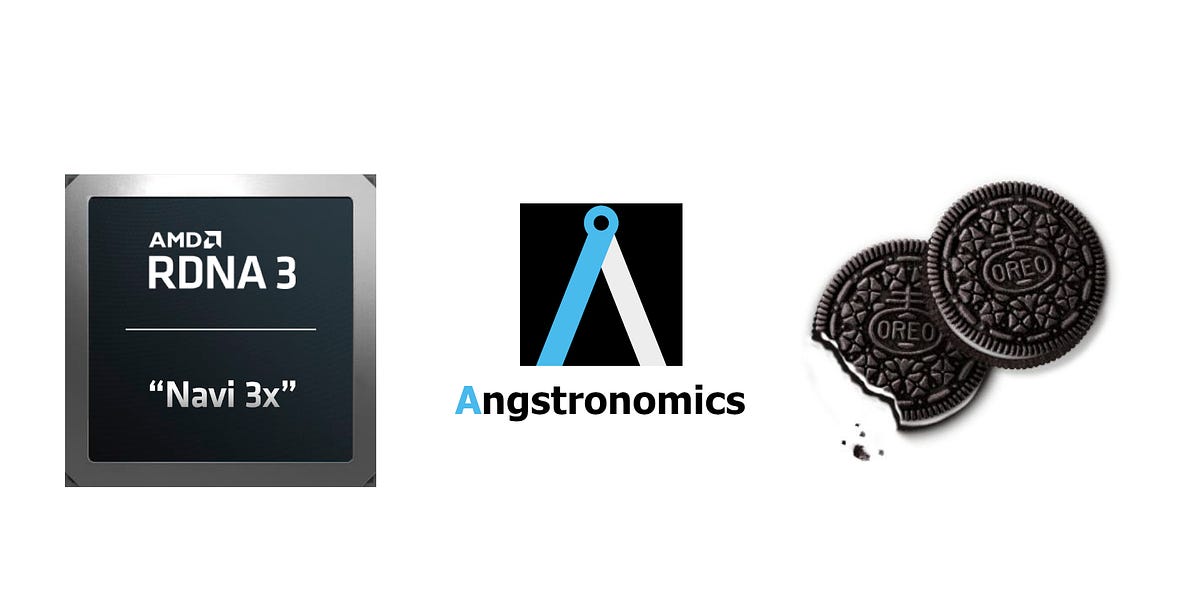Caporegime
Just seen this post, not sure why I missed it yesterday.
I don't agree with your calculations. Well, mainly because you picked the top CPU and a midrange GPU. If you were comparing like with like, then you would be comparing with maybe the 5600x. Which one would make the most margin then?
But, think about it another way. Intel deal with mainly CPUs. Nvidia deal with mainly GPUs. Intels margins always hover around the mid 40s. Now, lets go back to Pascal and Kepler for Nvidia. Their margins back then were mid 50s. Remember Kepler, most of the GPUs were under £500.
That would lead me to believe that there are higher margins in GPUs.
And I would be very surprised if it's not the same with AMD. That overall GPUs have a higher margin than CPUs.
Also just want to comment on your post AMD getting out of the GPUs. LOL, not a hope. Even with the tiny market share they had, GPUs were bringing in money. Now, AMD are finally getting their act together and the gaming market is still huge.
But, it's not only the gaming market now, GPUs are bringing in more revenue as they are becoming a bigger and bigger part of datacentres.
A CCD on a $20,000 300mm Wafer costs $26
A 6700XT on a $20,000 300mm Wafer costs $78
A 6800/XT - 6900XT on a $20,000 300mm Wafer costs $192
A 5600X only has 1 CCD, its about 260mm^2, about 180mm^2 of that is a 12nm IO die from GloFo, it probably costs AMD less than the 7nm TSMC CCD at about 80mm^2, about $15, $10 for other materials, $10 for assembly, about $60 / $70 to get it to a sellable state. At $200 retail AMD will probably sell that for about $120.
Last i knew the price of 1GB GDDR5 Memory IC's was about $10 each if you buy them in large bulk, 2GB GDDR6 are probably a good deal more expensive than that, especially today, lets say they are $20 each, the 6700XT has 6 of those, that's $120 for the memory IC's alone, you're already up to $200 before you assemble the PCB, MosFets are $2 / $3 each, controller chips, there are a couple of those, they can be $10+, cooler, fans, Shroud, $30, probably about $300 for a fully assembled 6700XT.
Now you know why both Nvidia and AMD are saying its almost impossible to make a sub $200 GPU, and they really would rather not be doing it anymore, the cost of all those components adds up.
If you're selling GPU's for $600, $700, $800 sure you can turn a good profit on them, which is why AMD stick with it, trouble is Nvidia sell many many many more of those than AMD do.







